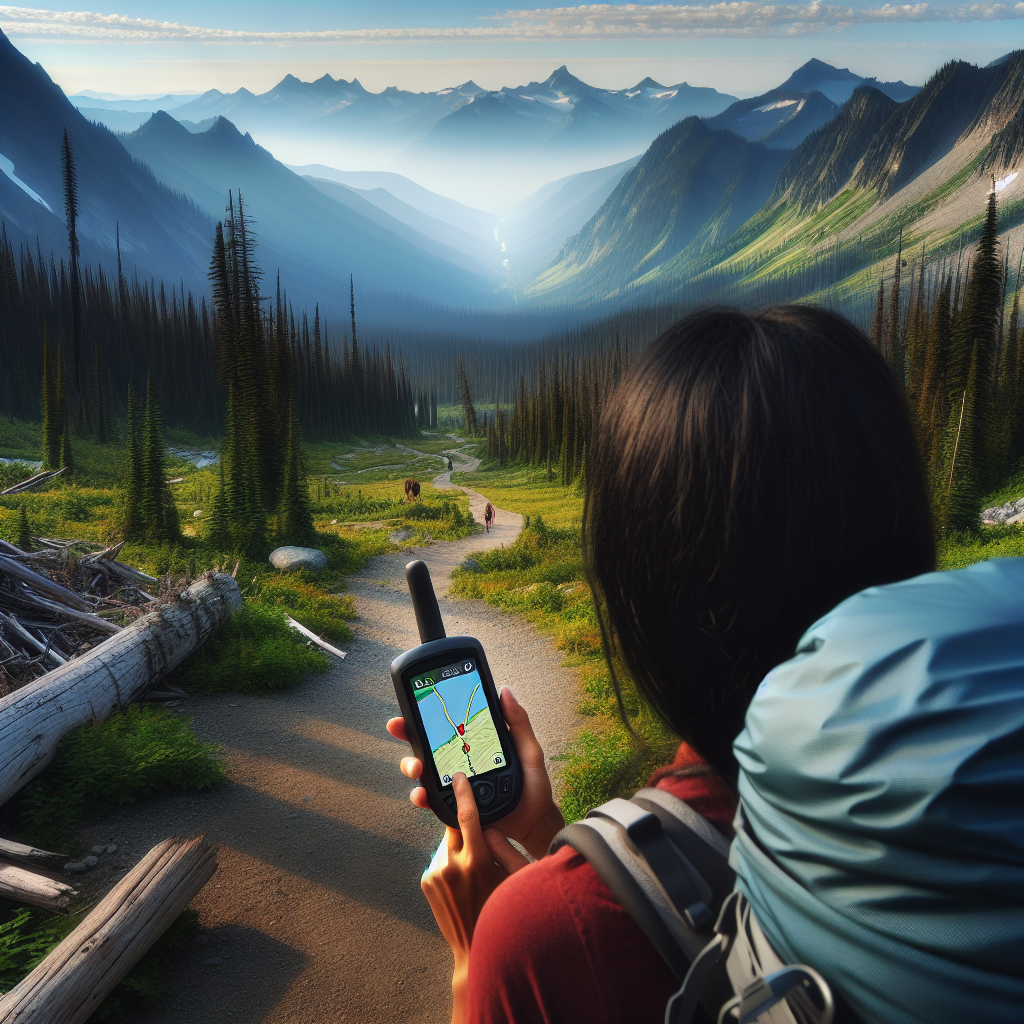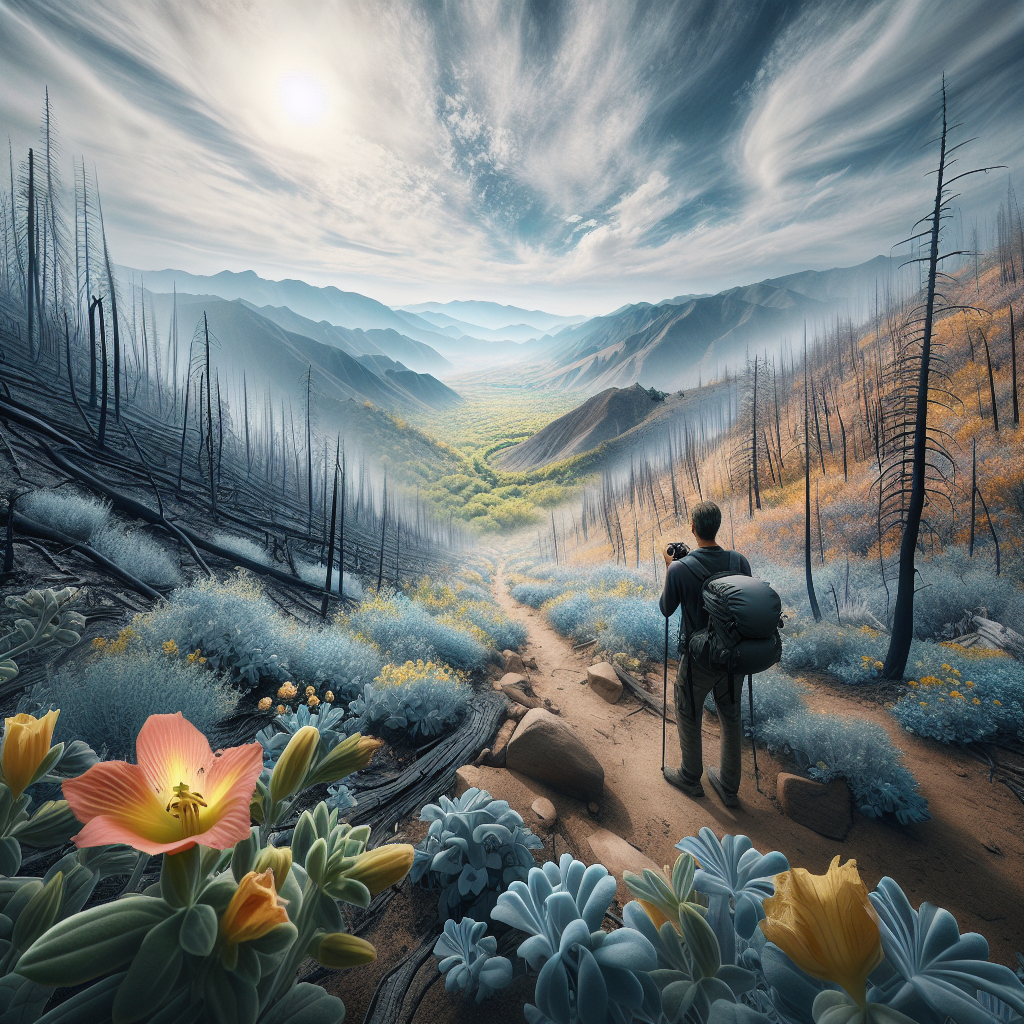How Tech Enhances Hiking Safety on the Pacific Crest Trail
Bridging the Gap Between Trail Solitude and Digital Connectedness on the PCT
When you lace up your boots for a trek on the Pacific Crest Trail (PCT), you’re stepping into a colossal corridor of wilderness that’s been cherished and preserved for a century. Thanks to the visionary minds like Catherine Montgomery and the relentless efforts of Clinton C Clarke, the PCT brings together landscapes, from the stark beauty of the Mojave Desert to the glacier-topped peaks in Washington. While the wilderness has remained relatively unchanged since the world’s first designated wilderness area was established in the Gila National Forest in 1924, the hikers who traverse it today are far from technologically disconnected. The digital age has not only transformed how we live but also how we hike. Smartphones, GPS trackers, and emergency beacons have become as vital as a good pair of hiking boots. They’re the digital lifelines that bind us to civilization even as we seek the solace of nature’s untouched expanses. With 63% of the Washington section of the PCT being designated wilderness, more than in Oregon and California, the balance between solitude and connectivity is ever more poignant. As the PCT spans 2,650 miles from Canada to Mexico, hikers are discovering that technology isn’t just about staying linked to the outside world—it’s about enhancing the safety and richness of their wilderness experience. Technologies such as lightweight solar chargers and water purification devices further enable hikers to extend their time in nature without sacrificing safety or environmental stewardship, thereby enriching the very essence of the wilderness trek.


The Role of Technology in Enhancing Safety and Communication for Hikers
The PCT is no weekend jaunt. It’s a grueling test of endurance, with sections in Washington equivalent to scaling Everest three times. As such, trail safety is paramount. Gone are the days when a twisted ankle or an unexpected blizzard meant you were on your own. Today’s hikers can carry personal locator beacons (PLBs) and satellite messengers that, at the push of a button, can summon search and rescue teams to even the most remote corners of the trail. The Pacific Crest Trail Association (PCTA) and scores of volunteers, armed with their trusty non-motorized tools like the crosscut saw, work tirelessly to maintain the trail, ensuring that it’s as safe as possible for the thousands of boots that tread its path each year. But it’s not just about emergency scenarios—technology is also revolutionizing how hikers plan, navigate, and share their experiences. Mobile apps provide real-time updates on trail conditions, water sources, and potential hazards, while social media platforms allow for an exchange of tips and stories. This connectedness fosters a virtual community where the ethos of wilderness stewardship and responsible hiking is propagated among a new generation of trailblazers. For instance, GPS mapping apps not only aid in navigation but also enable hikers to contribute valuable data on trail changes, fostering a participatory approach to trail knowledge and maintenance.


The Psychological Impacts of Prolonged Exposure to Untouched Nature
Amid the debate over digital intrusion, there’s an undeniable pull to the raw, unfiltered encounters that only true wilderness can offer. Wilderness areas serve as sanctuaries, not just for the flora and fauna, but for the human spirit as well. The National Wilderness Preservation System, born from the Wilderness Act of 1964, defines wilderness as areas where the earth and its community of life are “untrammeled by man,” a place for solitude or primitive recreation. It’s within these expanses that the modern mind can unplug and unwind. When hikers step away from their screens and immerse themselves in nature’s rhythm, the psychological benefits are profound. The mind is cleared, stress levels plummet, and a deep-seated connection to the environment is nurtured. In a world where one’s worth is often measured by likes and followers, a journey along the PCT offers a rare chance to value oneself by the miles trekked and the personal growth that comes with each step. Moreover, the simplicity of life on the trail, coupled with regular physical activity and exposure to natural light, can have significant positive effects on sleep quality and overall well-being, reinforcing the essential role of the natural environment in human health.
Balancing Wilderness Preservation with the Ecological Impact of Wildfires
The wilderness that the PCT weaves through is a living, breathing entity—dynamic and ever-changing. Wildfires, though often seen as a destructive force, are a natural part of many ecosystems along the trail, creating a variety of habitats that support diverse wildlife populations. As hikers venture through the Washington wilderness, they witness the ecological benefits and challenges firsthand. The trail’s maintenance, guided by the principles of wilderness preservation, involves a delicate balance of protecting the land while allowing natural processes like wildfires to occur. The PCTA’s commitment to sustainable practices ensures that even as hikers enjoy the beauty of the wilderness, they’re also contributing to its resilience. The reintroduction of grizzly bears into Washington’s wilderness areas underscores the ongoing efforts to restore and maintain the ecological integrity of these landscapes. As stewards of the wild, hikers play a key role in supporting these conservation strategies, learning to appreciate the complexity and importance of natural disturbances like fire in shaping the environment. They also become advocates for fire-adapted communities and landscapes, promoting practices that enhance ecosystem health and reduce the risk of catastrophic wildfires.


Adapting Wilderness Conservation Strategies in the Age of Connectivity
The digital era has not only changed how we experience the wilderness but also how we protect it. Wilderness conservation in the 21st century must account for the interconnectedness of our world. While technology has the potential to impact the solitude and untouched nature that define wilderness areas, it’s also a powerful tool in the fight to preserve them. Real-time data collection, satellite imaging, and social media campaigns are invaluable in monitoring environmental threats and rallying public support for conservation efforts. The PCT itself, traversing through 25 national forests and 7 national parks, is a living laboratory for ecological research, providing crucial insights that inform the management of these precious areas. As we celebrate a century of wilderness preservation in the United States, it’s clear that the principles that guided the creation of the PCT remain as relevant as ever. Yet, in this digital age, our strategies must evolve. By harnessing the power of technology, we can ensure that the trail—and the wildness it represents—endures for centuries to come, offering a haven of adventure, reflection, and rejuvenation for all who wander its path. Embracing technology does not diminish the value of wilderness; rather, it can enhance our understanding of these landscapes and our relationship with them, empowering us to become more effective stewards of the natural world.

